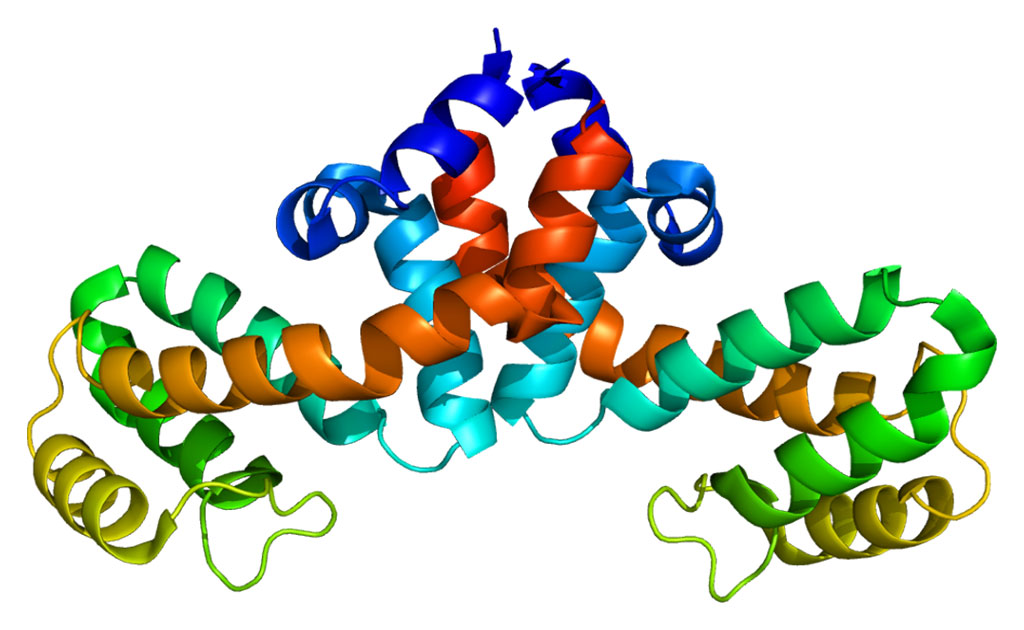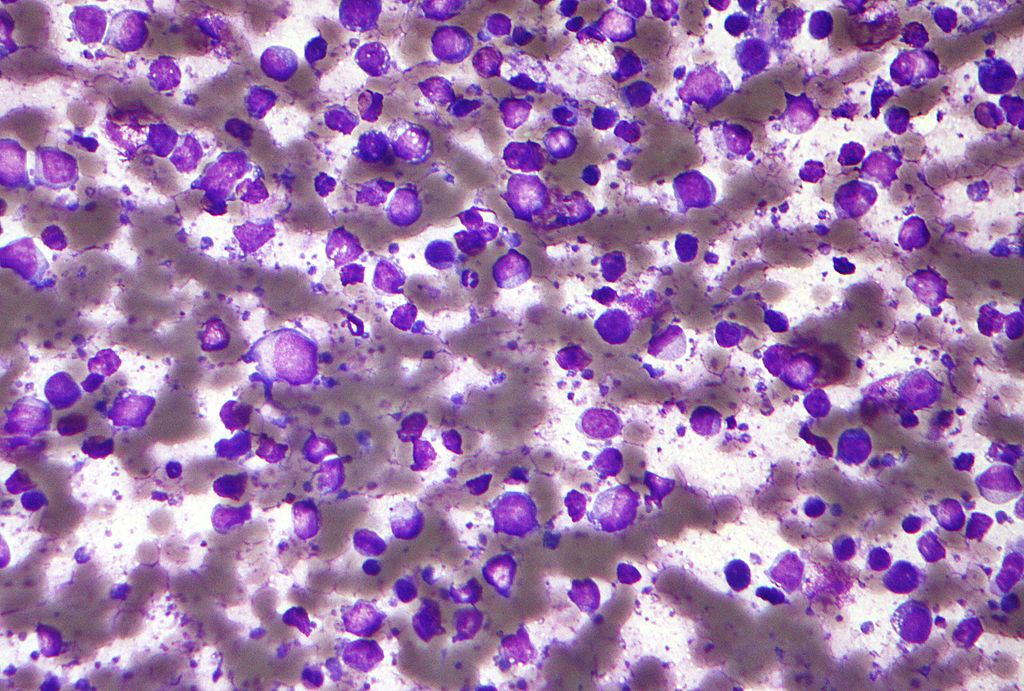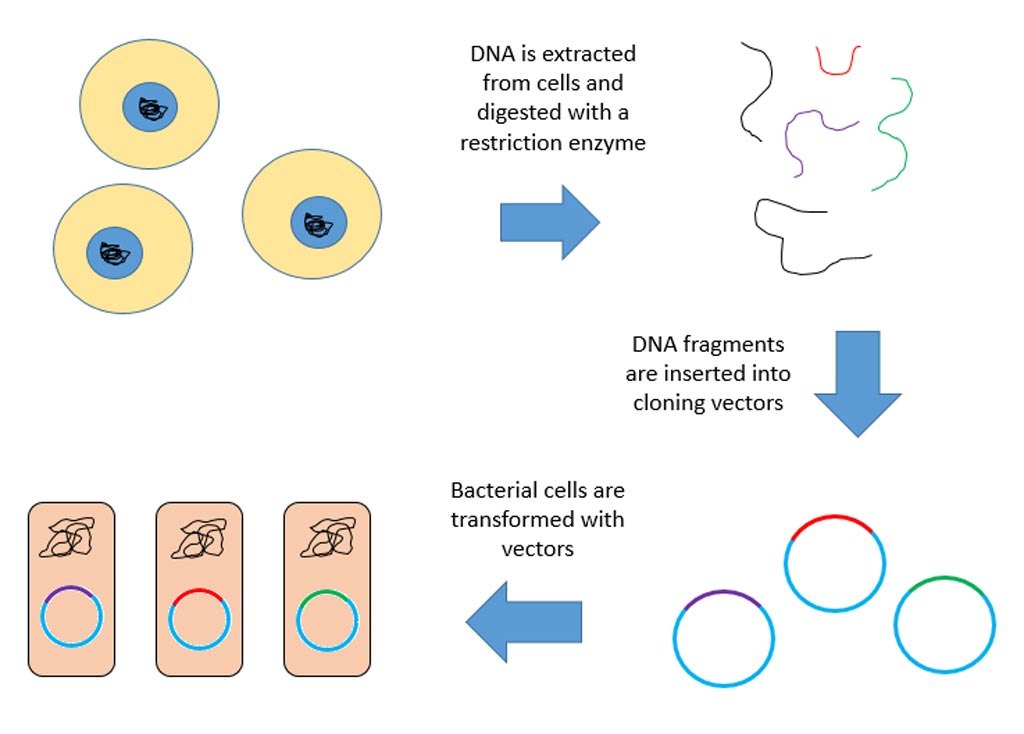miRNAs Show Promise for Treatment of Ovarian Cancer
By LabMedica International staff writers
Posted on 21 Aug 2012
Results of a recent study suggest that microRNAs (miRNAs) have excellent therapeutic potential, which justifies continued research efforts designed to turn them into usable anticancer agents.Posted on 21 Aug 2012
Investigators at the Georgia Institute of Technology (Atlanta, GA, USA) worked with two well-defined mRNA species, MiR-7 and MiR-128. They conducted a series of controlled experiments in which these two miRNAs--previously implicated in ovarian cancer onset/progression--were individually transfected into a well-defined ovarian cancer (HEY) cell line, and the consequence on global patterns of gene expression was monitored using microarray technology.
The results published in the August 1, 2012, online edition of the journal BMC Medical Genomics revealed that the changes in gene expression induced by the individual miRNAs were functionally coordinated but distinct between the two miRNAs. MiR-7 transfection into ovarian cancer cells induced changes in cell adhesion and other developmental networks previously associated with epithelial-mesenchymal transitions (EMT) and other processes linked with metastasis. In contrast, miR-128 transfection induced changes in cell cycle control and other processes commonly linked with cellular replication.
“Each inserted miRNA created hundreds of thousands of gene expression changes, but only about 20% of them were caused by direct interactions with mRNAs,” said senior author Dr. John McDonald, professor of biology at the Georgia Institute of Technology. “The majority of the changes were indirect – they occurred downstream and were consequences of the initial reactions. miRNAs have evolved for millions of years in order to coordinately regulate hundreds to thousands of genes together on the cellular level. If we can understand which miRNAs affect which suites of genes and their coordinated functions, it could allow clinicians to attack cancer cells on a systems level, rather than going after genes individually”.
Related Links:
Georgia Institute of Technology














